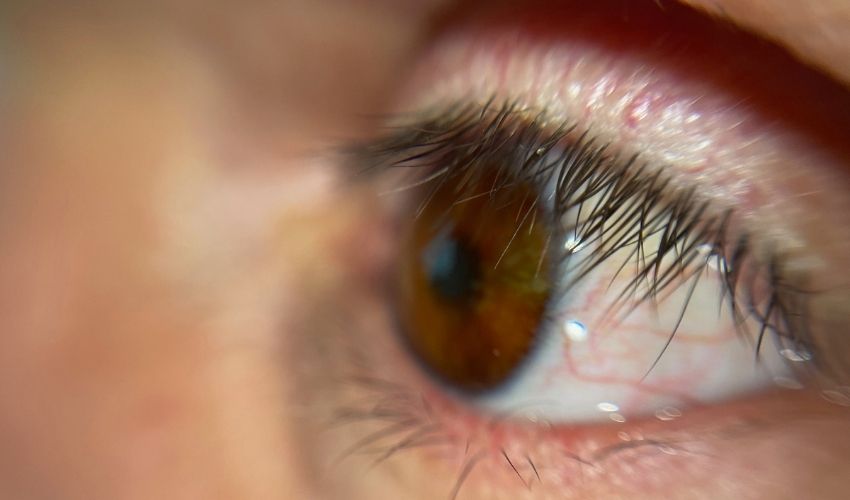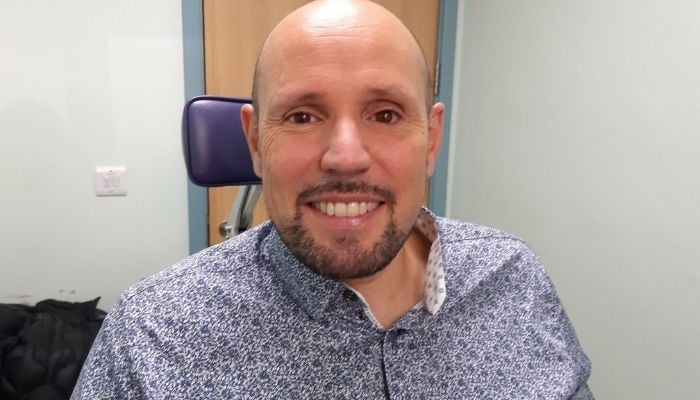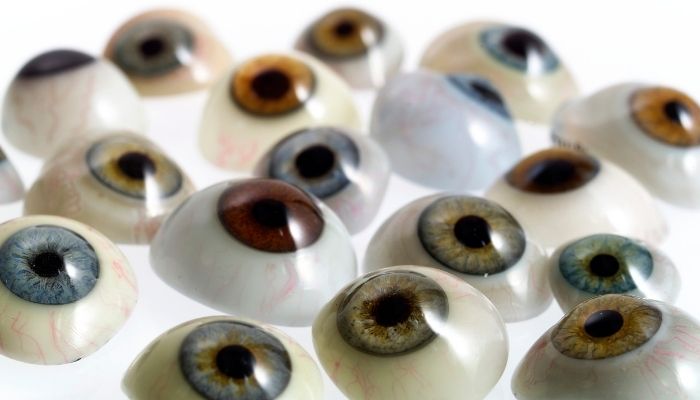British Patient Receives First-Ever 3D Printed Eye Prosthetic

How can additive manufacturing help patients in the medical industry? Well, for one UK patient we may have our answer. Recently, Steve Verze from Hackney, UK, became the first person in the world to receive a fully 3D printed eye prosthetic. The Moorfields Eye Hospital NHS Foundation Trust patient also has the distinction of being the only person to use a 3D printed eye prosthetic as his sole prosthetic eye. The eye is notable for being more realistic with a clearer definition and real depth thanks scans of the socket and the eye to ensure a good match.
The printed prosthetic is part a collaboration between a number of actors throughout the UK and Europe, led by UCL researchers and Moorfields Eye Hospital NHS Foundation Trust. Professor Mandeep Sagoo, consultant ophthalmologist at Moorfields, commented, “We are excited about the potential for this fully digital eye. This has been a culmination of 4 years of development of sophisticated technology between Moorfields Eye Hospital, UCL Institute of Ophthalmology, Ocupeye Ltd and Fraunhofer. We hope the forthcoming clinical trial will provide us with robust evidence about the value of this new technology, showing what a difference it makes for patients. It clearly has the potential to reduce waiting lists.”

Steve Verze has received the first 3D printed eye prosthetic, which is more realistic than traditional models (photo credits: Moorfields Eye Hospital
Why Make a 3D Printed Eye Prosthetic?
One of the many ways that 3D printing is used in the medical sector is through prosthetics. The advantages are clear, using 3D scanning and printing, doctors are able to make prosthetics that are a more perfect fit for patients, making them more comfortable. The prosthetics can also then be made faster, cutting down significantly on waiting time which can be distressing for patients. In the case of eye prosthetics, UCL notes in their press release that about 0.1% of the population need one, about 60-70,000 people in England alone. Additionally, they must be replaced every five years and each eye socket is unique. These conditions make it the perfect application for 3D printing as customization is a key benefit of the technology.
There were other advantages as well. Though the researchers involved pointed notably to the better aesthetics, as the 3D printed eye could be considered a true biomimic and more realistic than other prosthetics, they also mentioned the speed of the process. Traditionally, acrylic prothetic eyes are completed in about 6 weeks while with 3D printing that can be cut more than half to about two to three weeks. This is because instead of individually measuring the eye socket and molding, a process that can be invasive especially for children, before hand-crafting the process, instead work was able to be done from a 2.4 second, noninvasive, non-ionising scan which perfectly capture the eye and socket. The eye itself was then printed by Fit AG.

3D printing has the potential to improve the experience of patients with eye prosthetics (photo credits: Wellcome Library, London, CC BY 4.0, via Wikimedia Commons)
With this technology, the teams hope that they would be able to fulfil the need for about 10,000 prostheses per year in the UK. The patient himself, an engineer in his 40s concluded,“I’ve needed a prosthetic eye since I was 20, and I’ve always felt self-conscious about it. When I leave my home, I often take a second glance in the mirror, and I’ve not liked what I’ve seen. This new eye looks fantastic and, being based on 3D digital printing technology, it’s only going to be better and better.” You can find out more HERE and HERE.
What do you think of this 3D printed eye prosthetic? Let us know in a comment below or on our Linkedin, Facebook, and Twitter pages! Don’t forget to sign up for our free weekly Newsletter here, the latest 3D printing news straight to your inbox! You can also find all our videos on our YouTube channel.
*Cover Photo Credits: Moorfields Eye Hospital NHS Foundation Trust






